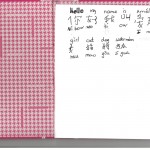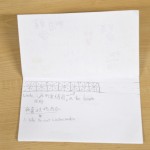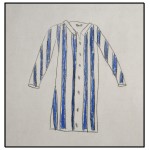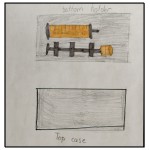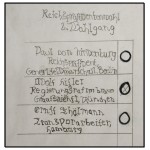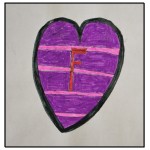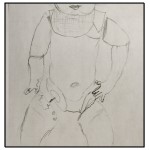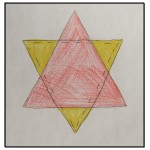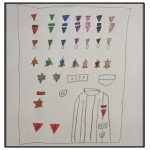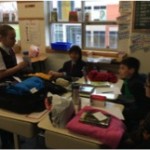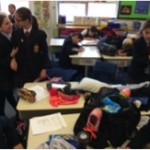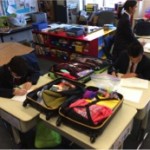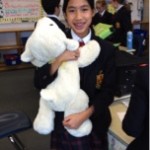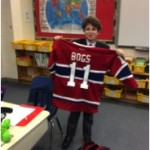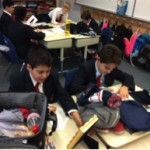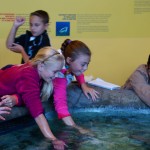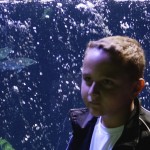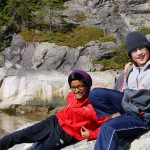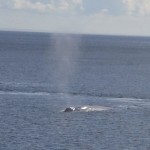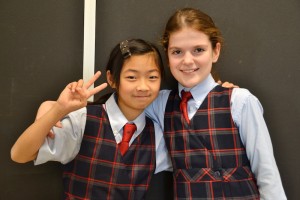 Perhaps the best indication of LCC’s success as a leader in developing open-minded, empathic and engaged citizens of the world is when students, on their own initiative, cross cultural and linguistic boundaries to gain new perspectives and a better understanding of one another. That is precisely what happened when Amélie and Kelly met in their grade 5 class.
Perhaps the best indication of LCC’s success as a leader in developing open-minded, empathic and engaged citizens of the world is when students, on their own initiative, cross cultural and linguistic boundaries to gain new perspectives and a better understanding of one another. That is precisely what happened when Amélie and Kelly met in their grade 5 class.
New to Montreal and to LCC, Kelly befriended Amélie and the two girls quickly realized how much there was to learn from each other. An agreement was struck at recess: Amélie would teach French to Kelly and Kelly would teach Mandarin to Amélie. Both girls took their commitment seriously, creating well-conceived lesson plans that even included homework. Excited by the potential of this relationship, the girls then decided to share their respective cultures, and each will visit the other’s home for a typical French or Chinese meal.
Véronique, Amélie’s mother, can relate to Kelly’s experience, having immigrated to Quebec from France at the very same age. She says that she has taught her daughter to be open and welcoming to people from other countries but she also credits LCC for its promotion of global education. “LCC creates and nurtures an environment where students are encouraged to take these types of initiatives,” she says. “The school’s culture is truly in line with its vision to be an inclusive community of globally-minded learners.”
Kelly’s father, Rocky, is enthralled by his daughter’s drive. “This is very exciting to witness because of the cross-cultural component,” he says. “And I am hoping that Kelly will have an easier time picking up French as a result.”
Véronique doesn’t necessarily expect Amélie to become fluent in Mandarin but is impressed by her daughter’s and Kelly’s mutual willingness and desire to broaden their minds. She hopes that the relationship will evolve and that these newfound friends will continue to value diversity and each other’s unique identity.

